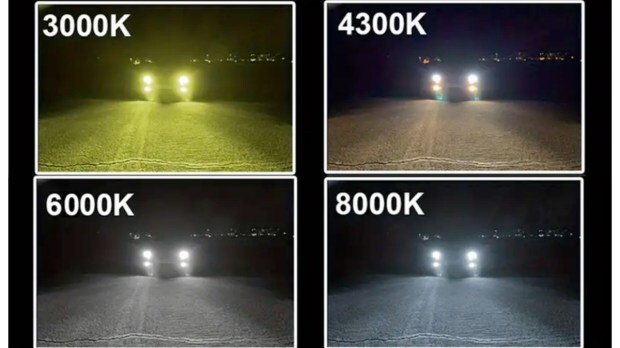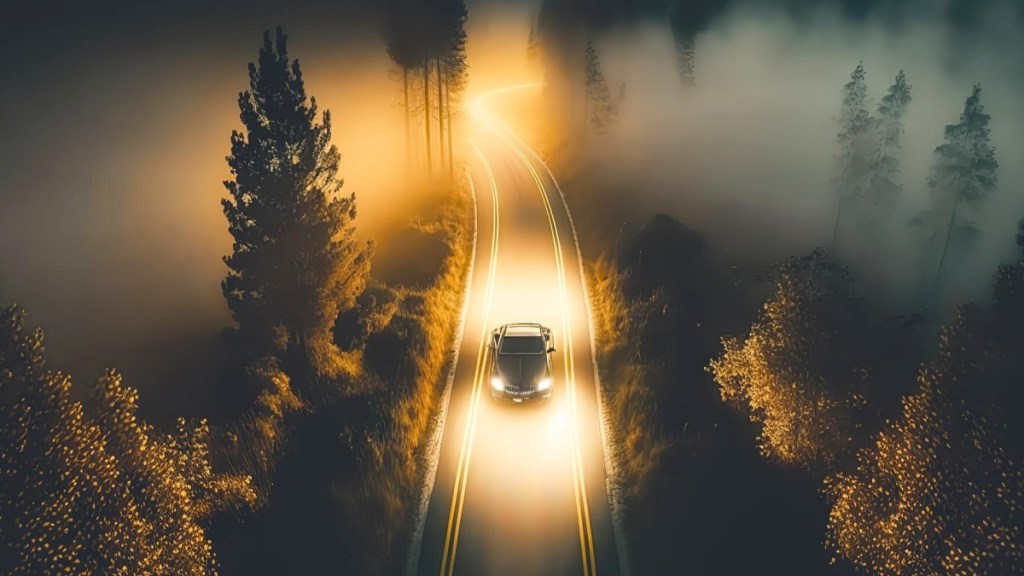For an average motorist, natural occurrences like rain or a dull climate can be a put-off, however, one thing that gets even a seasoned, well-experienced driver is fog. When the roads are covered by a thick blanket of fog, it takes away the most important sense needed to drive — sight.
In such a situation, many would just not use their vehicle, while for some, that’s not an option. So how does one drive in fog? Here are some essential tips for driving in fog.
Do you really need to be out?
The first question to ask yourself is if you really want to head out in the fog. If the answer is no, all sorted, however, if you need to head out, just ensure that the commute is not long. Plan where you have to go and needless to say, drive slowly, as the roads can also be slippery and traction will be less.
Lights, lights, lights
Before heading out, ensure all the light work, headlamps, tail lamps, and blinkers. Have the lights in low beam, and if you have fog lamps, ensure they work as well and turn them on. Do not use the high beams as they will not only obstruct your visibility but will also blind others. Turn off the hazard lights, as the headlights and tail lamps will mark the edges of the car, notifying oncoming vehicles and the ones behind you.

Also, if you do live in a place that experiences fog frequently, you might want to consider changing the foglamp bulbs to yellow units, something in the 3000-kelvin temperature range, as they penetrate fog better than white lights, giving you better visibility.
Use the markers
Most roads have markings in the centre and the edges. If visibility is low, use these as guides and keep the vehicle in the centre of these markings. This way, you know when a corner approaches while also staying away from oncoming traffic by essentially staying in your lane.
Also, an important factor to keep in mind is to not stop or pull over randomly. If you need to stop, look for a safe spot and pull over away from the road, safely on the side. When parked, ensure that your park lights are on so other vehicles can see you.





















